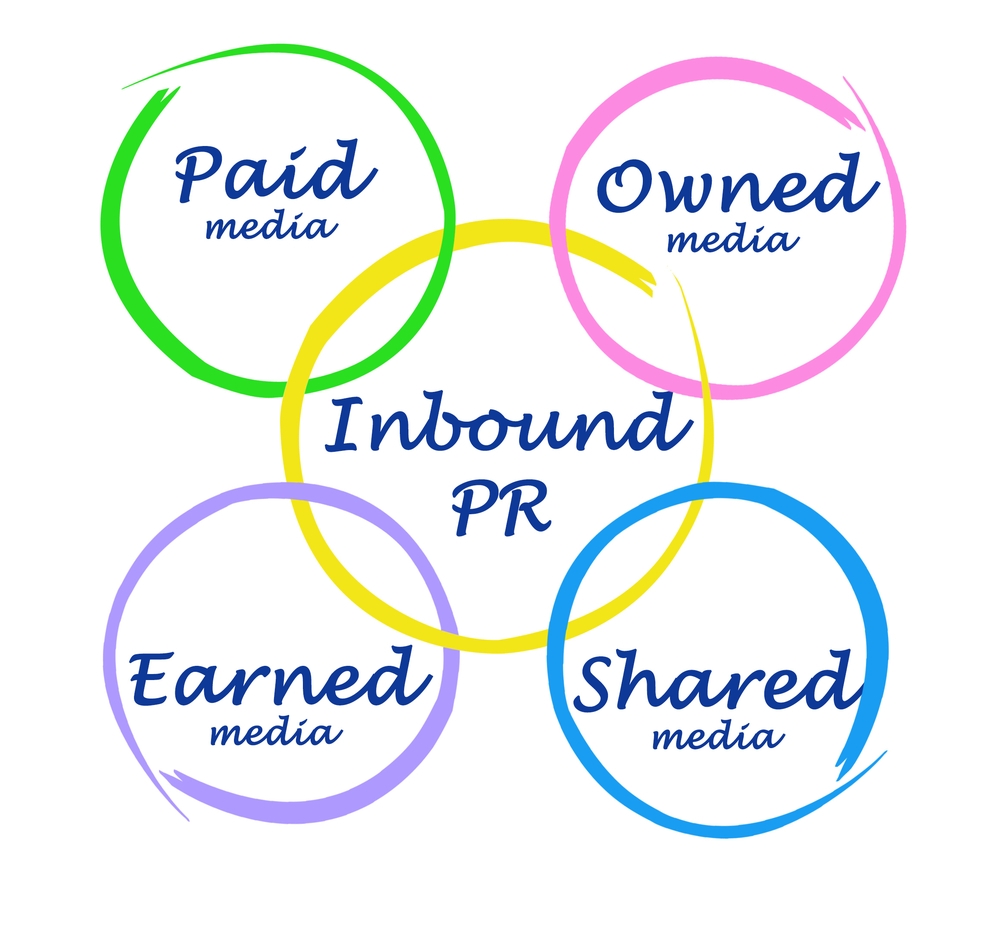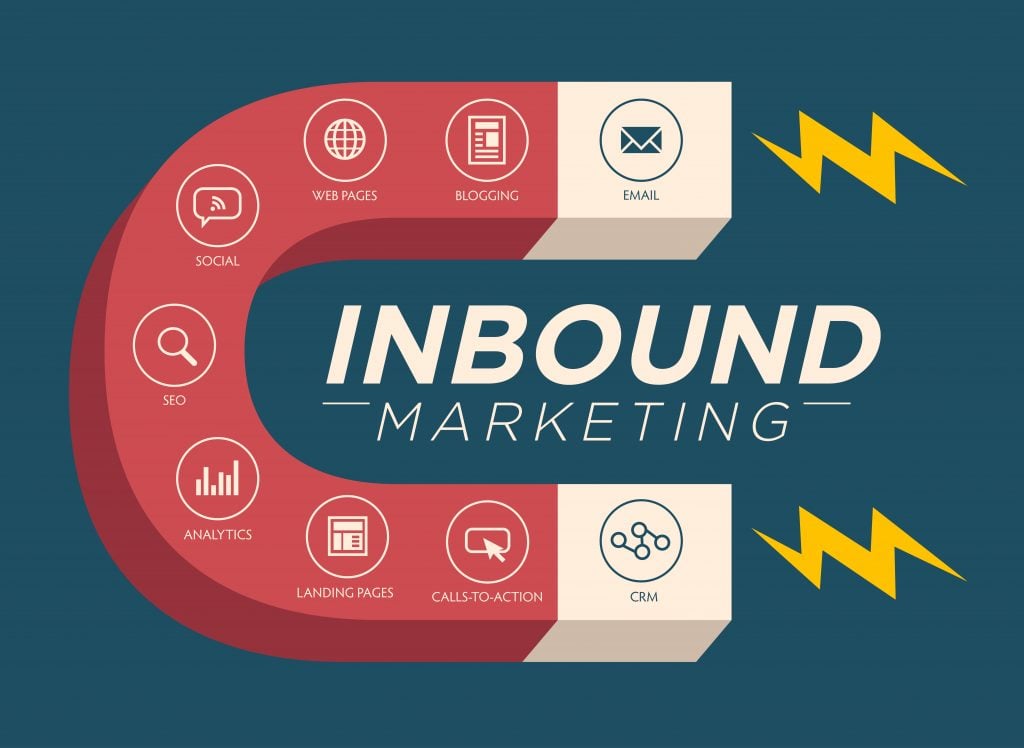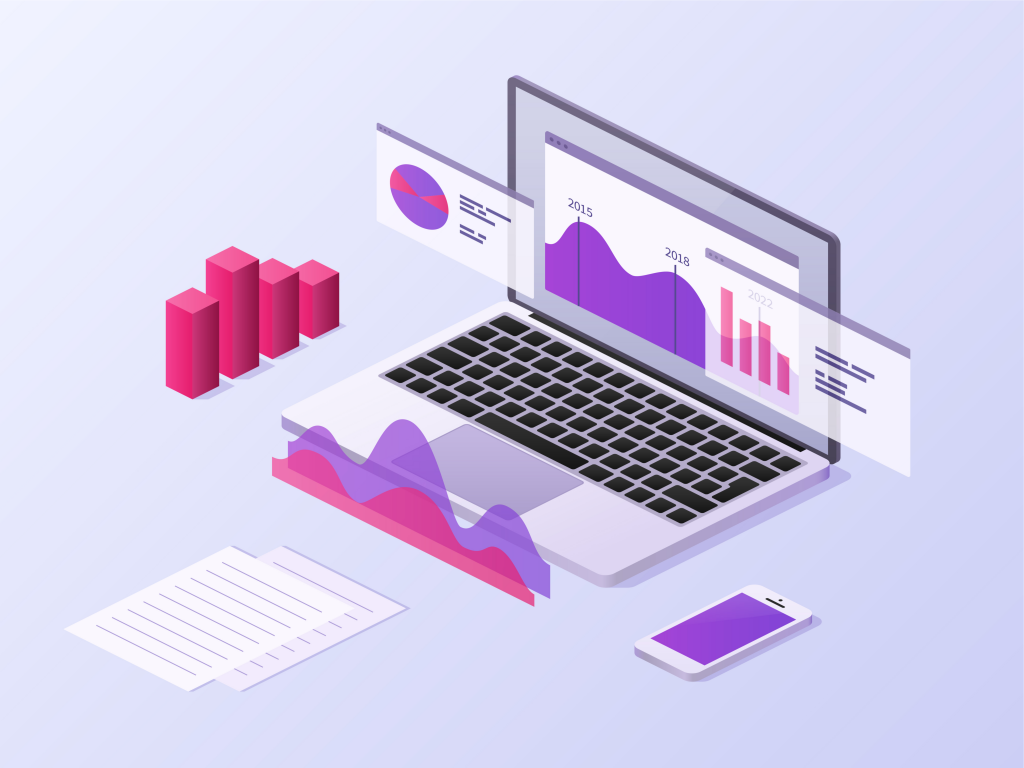Table of Contents
We can see that the collaboration between Inbound Marketing and PR can significantly improve efficiency. But what is the difference between Inbound Marketing and PR? And how can we use both strategies to work together? First of all… we need to know the difference between PR and Inbound Marketing.
PR is… What?
By being able to tell the difference between PR and Inbound Marketing, we can more clearly explain the characteristics, usage methods, and benefits of each strategy.
PR (short for Public Relations) is the act of making people aware of how to present a company’s image, as well as communicating with the public and the media, including PR on public company websites. PR generally aims to present a company’s image in a positive way, appear professional and create credibility.
Normally, the tools used for PR include Press Releases, Newslets, content in various printed media, or support for other forms of media. But in this era where Digital has a great impact on marketing, in addition to the traditional PR methods mentioned above, another media channel is also required, which is a website or online communication.

What is Inbound Marketing?
Inbound Marketing is a marketing strategy that has the function of attracting (rather than pushing) target groups with Personas (creating the personality of the target group or desired customers, which is derived from the use of collected market research data. It is an important part of creating a good marketing strategy because it will provide a clearer picture of how the brand should meet the needs of the brand’s customers and how to communicate to them) that best meet the brand’s objectives to visit the brand’s website, which presents useful content and provides knowledge to buyers throughout every step of the purchase process. This helps buyers continue to feel the desire to buy until they decide to buy and finally pay.
Inbound Marketing provides a suite of tools to help and support customers throughout their purchase, such as using content that each persona is interested in, sending emails to retain customers, or organizing social events related to the brand to drive brand engagement.
Why Use Inbound Marketing Strategy?
In the past or about a decade ago, the world of marketing did not have digital media as important as it is today. At that time, we still used the Outbound Marketing strategy, which used inserted advertising or direct selling, which is a technique that was very popular. But as the world has evolved with more technology, consumers expect to see product presentations that are created to meet the needs of each individual. When traditional marketing could not make customers interested as much as it should, the Inbound Marketing strategy came into effect and grew in popularity more and more, while Outbound Marketing became less important.
We can compare the characteristics of Outbound Marketing and Inbound Marketing as follows:
- While Outbound Marketing focuses on making phone calls, sending letters, sponsoring events, using print media, television or radio to communicate with customers, Inbound Marketing uses a campaign that has been studied to be something that the Persona is interested in, which will be different for each person. It emphasizes using advertising that is relevant to the needs of customers rather than advertising in a general way to reach the target group.
- Outbound Marketing is more interested in closing sales than in the real needs of customers, and is too attached to a pre-planned timescale. Inbound Marketing is more interested in the problems and needs of customers, and uses a timescale to solve problems and take care of customers at the same time.
- Outbound Marketing does not have a clear target group. Therefore, it is difficult to make the target group interested in the brand’s products enough to become customers. Therefore, the marketing cost is high but the return is low. Inbound Marketing, on the other hand, uses data to find things that will really attract customers and is also used in planning overall marketing.
- Outbound Marketing is difficult to track whether the marketing plan is in line with reality or not. It is difficult to measure the results. However, Inboud Marketing uses research on how people in general spend their money and uses digital media that can reach the target group online in media such as search engines, blogs or various channels.
- Due to the way of reaching out to customers in Outbound Marketing which seems too aggressive, the rate of being blocked from customers is increasing. However, Inbound Marketing makes customers want to follow the brand more because they think that the brand will have something that can solve their needs because the content they receive is something that they are interested in.
In doing Inbound Marketing, we will focus on
- Attracting more (and higher quality) traffic to your brand’s website.
- Turn more (and higher quality) website visitors into leads (people who are likely to become future customers) or MQLs (Marketing Qualified Leads or Leads who have shown interest in your content or marketing campaigns.
- Nurture leads by converting MQLs into SQLs (Sales Qualified Leads or Leads that are interested enough in the brand for sales to make it easier for them to make sales) through sales channels.
- Close the sale, which will turn SQL into customers of the brand, then make the customers satisfied, nurture and retain this group of customers, making them more likely to come back to buy the brand’s products again and again.
While Digital PR focuses on targeting customers to give a good image and convince them of the positive aspects of the brand.

“Digital PR uses content that is measurable, fast, timely, and easy to share or forward among customer groups. Although the scope of digital PR may be more specific than traditional PR, digital PR will definitely lead to brand growth online and create ripples in the evolving digital world.”
Therefore, we can conclude that PR and Inbound Marketing have related goals: to persuade, attract and maintain the brand’s target customer group.
The combination of two strategies called Inbound Marketing and PR
Inbound marketing and digital PR cannot be completely separated, as both strategies have the ability to complement each other for greater results (and do so well). Inbound marketing benefits greatly from PR that creates awareness, trust and confidence in a large audience. Similarly, PR benefits from increased access to quality, engaging content that is a result of prioritizing content within Inbound Marketing.
The combination of these two strategies has given rise to a new idea for PR called Inbound PR, which was introduced by Iliyana Stareva at Hubspot’s INBOUND16 Conference.
How can PR and Inbound Marketing be combined?

Here are some tips on how to pick up the components of each strategy that should work together to create a perfect synergy, or Inbound PR:
1. Improve the efficiency of press releases to increase the number of people who reach you in online searches.
Both PR and Inbound Marketing can help make your company or even yourself more accessible. Although Inbound Marketing usually has a way to optimize content for online search, choosing the right keywords to use in the content of PR and Press Releases will help your brand to be found and accessed more easily.
The way to do this is to research which keywords are being used most frequently within the topic area of the content you’re promoting (Google Keyword Planner is a free and effective keyword research tool), then use those keywords in your headlines, in headlines, and elsewhere throughout the rest of your content. This is an easy way to increase your reach, and can be made even easier with a marketing tool like HubSpot.
2. Reuse existing content and make it into interesting formats.
Press releases and brand exposure in reputable media outlets are not the only tools to increase brand awareness. Content or other materials used in PR materials can be used to create new marketing content such as infographics, eBooks, podcasts, white papers or videos. You can repurpose them by reusing or republishing them, and they can also be used in PR and other projects.
Content that was previously used in PR can be repurposed for other purposes by updating statistical data, changing the content title, adding infographic images to the original piece, or even rewriting it from a different perspective.
These are all interesting stories about Inbound Marketing and Digital PR that we have presented for you to follow. We still have stories related to Inbound Marketing and Digital PR that will be presented in the next episode. Don’t miss it. Follow us.





